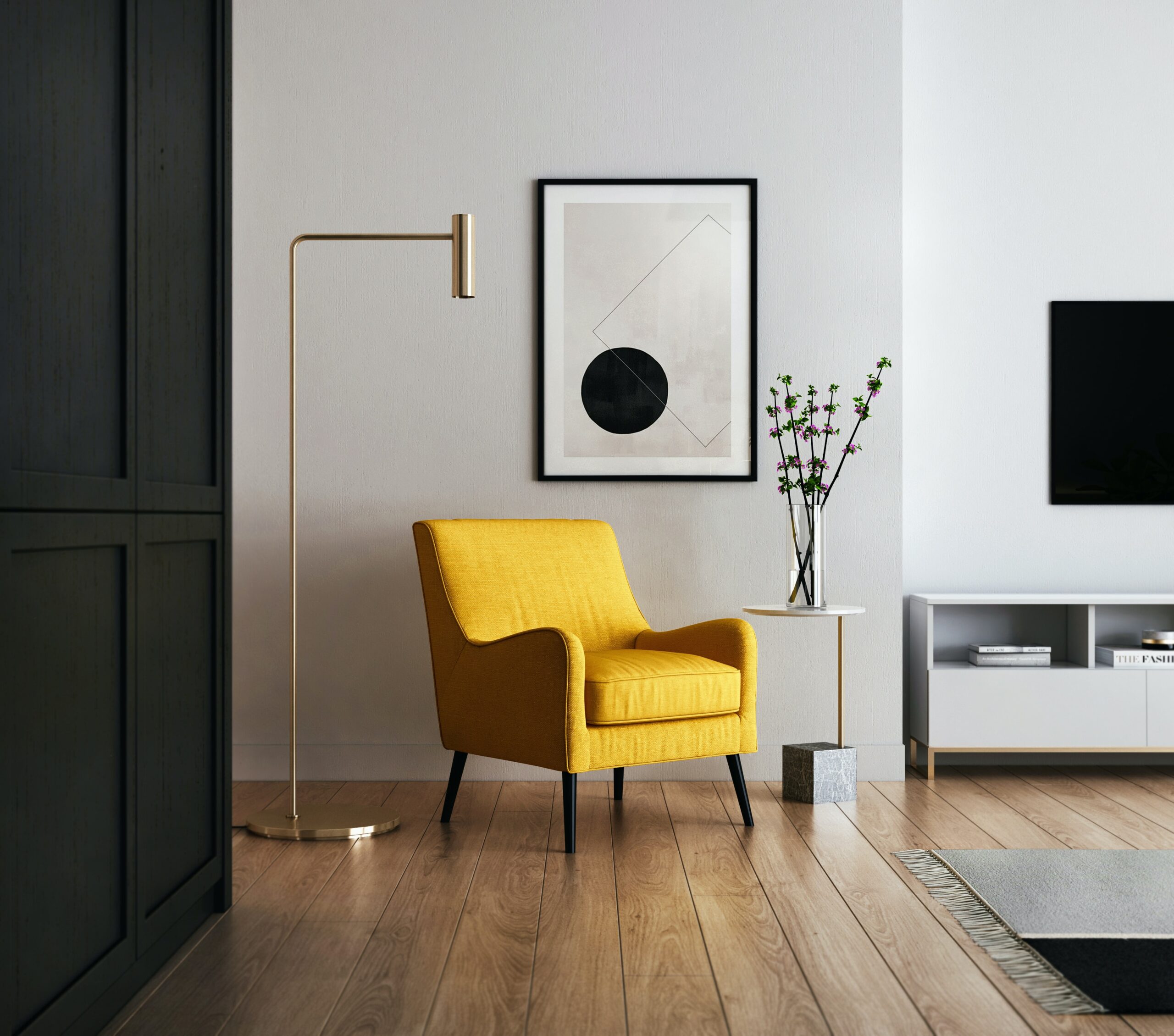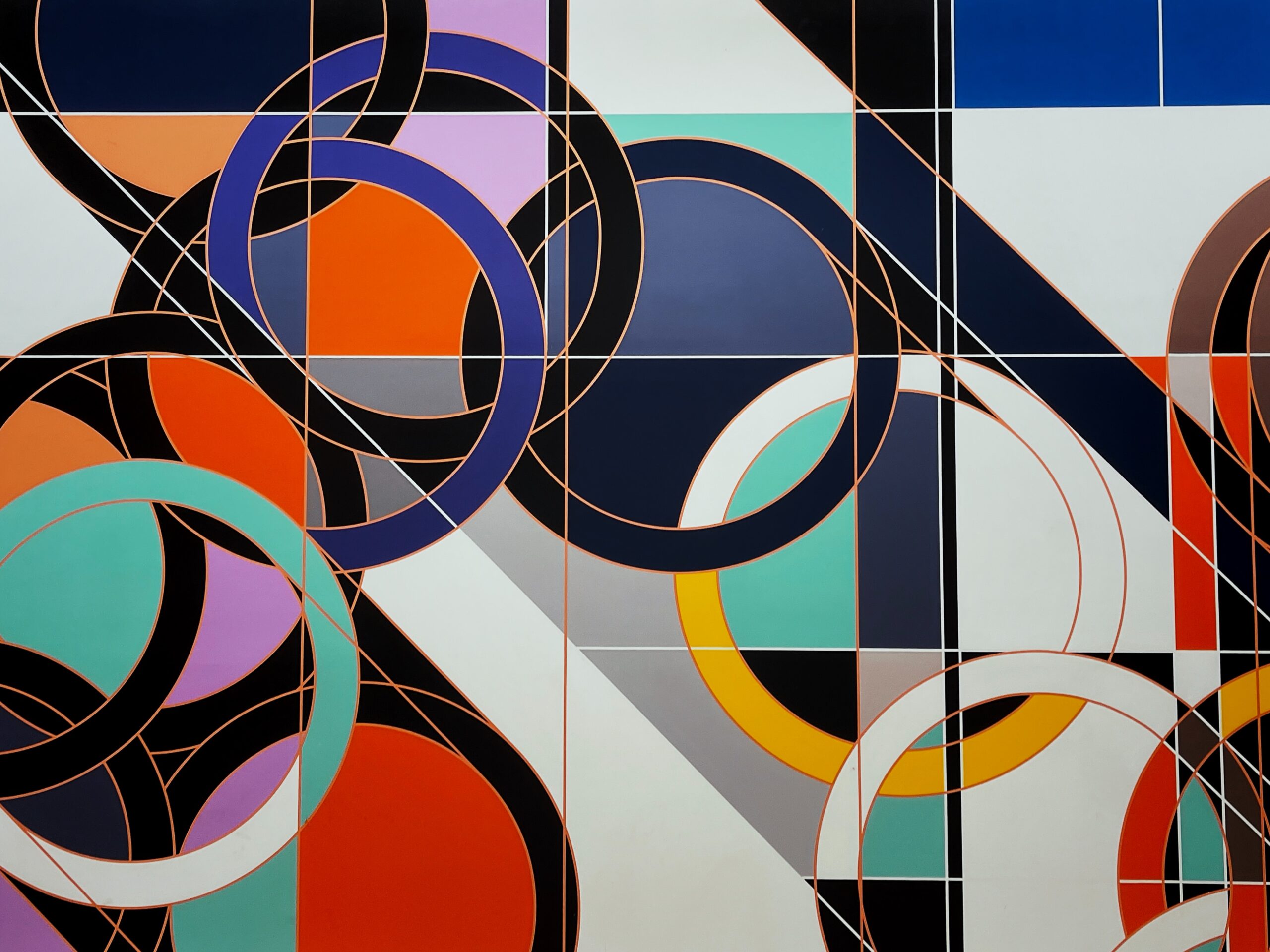Interior design is a multifaceted profession that involves the art and science of enhancing the interior spaces of a building to achieve a more aesthetically pleasing and functional environment. Interior designers are skilled professionals who possess a deep understanding of design principles, space planning, color schemes, and materials to create spaces that meet the needs and preferences of their clients.
Space Planning and Layout
One of the primary responsibilities of an interior designer is space planning. They carefully analyze the available space and consider factors such as traffic flow, functionality, and the client’s requirements to develop an efficient and well-designed layout. This involves determining the placement of furniture, fixtures, and other elements to optimize the use of space.
Color and Material Selection
Interior designers have a keen eye for color and understand how different shades can impact the mood and atmosphere of a room. They work closely with clients to select appropriate color schemes that align with their preferences and the intended purpose of the space. Additionally, interior designers have extensive knowledge of various materials and finishes, allowing them to recommend the most suitable options for flooring, walls, furniture, and other elements.
Lighting Design
Lighting plays a crucial role in interior design, as it can greatly affect the ambiance and functionality of a space. Interior designers are skilled in assessing the natural and artificial lighting available in a room and determining the best lighting solutions to enhance the overall design. They consider factors such as task lighting, accent lighting, and general lighting to create a well-balanced and visually pleasing environment.
Furniture and Accessories
Interior designers have a deep understanding of furniture styles, materials, and trends. They assist clients in selecting and sourcing furniture that not only complements the overall design but also meets their comfort and functional requirements. In addition to furniture, interior designers also help clients choose appropriate accessories such as artwork, rugs, curtains, and decorative items to enhance the aesthetic appeal of the space.
Project Management
Interior designers often take on the role of project managers, overseeing the entire design process from concept development to final implementation. They collaborate with architects, contractors, and other professionals to ensure that the design vision is executed seamlessly. This involves creating detailed project plans, managing budgets, coordinating timelines, and overseeing the installation of various elements.
Staying Updated with Trends and Codes
Interior designers stay abreast of the latest design trends, materials, and technologies to provide clients with innovative and modern solutions. They also have a thorough understanding of building codes and regulations to ensure that their designs comply with safety standards and legal requirements.
Client Collaboration
Interior designers work closely with clients to understand their vision, preferences, and lifestyle. They take the time to listen to their needs and objectives, translating them into a cohesive design plan. Effective communication and collaboration with clients are essential to ensure that the final design reflects their unique style and meets their expectations.
Conclusion
Interior designers play a crucial role in creating functional and aesthetically pleasing spaces. Their expertise in space planning, color selection, lighting design, furniture sourcing, and project management enables them to transform ordinary spaces into extraordinary ones. By collaborating closely with clients and staying updated with the latest trends and codes, interior designers bring their creative vision to life while ensuring that the design meets the practical needs of the occupants.

